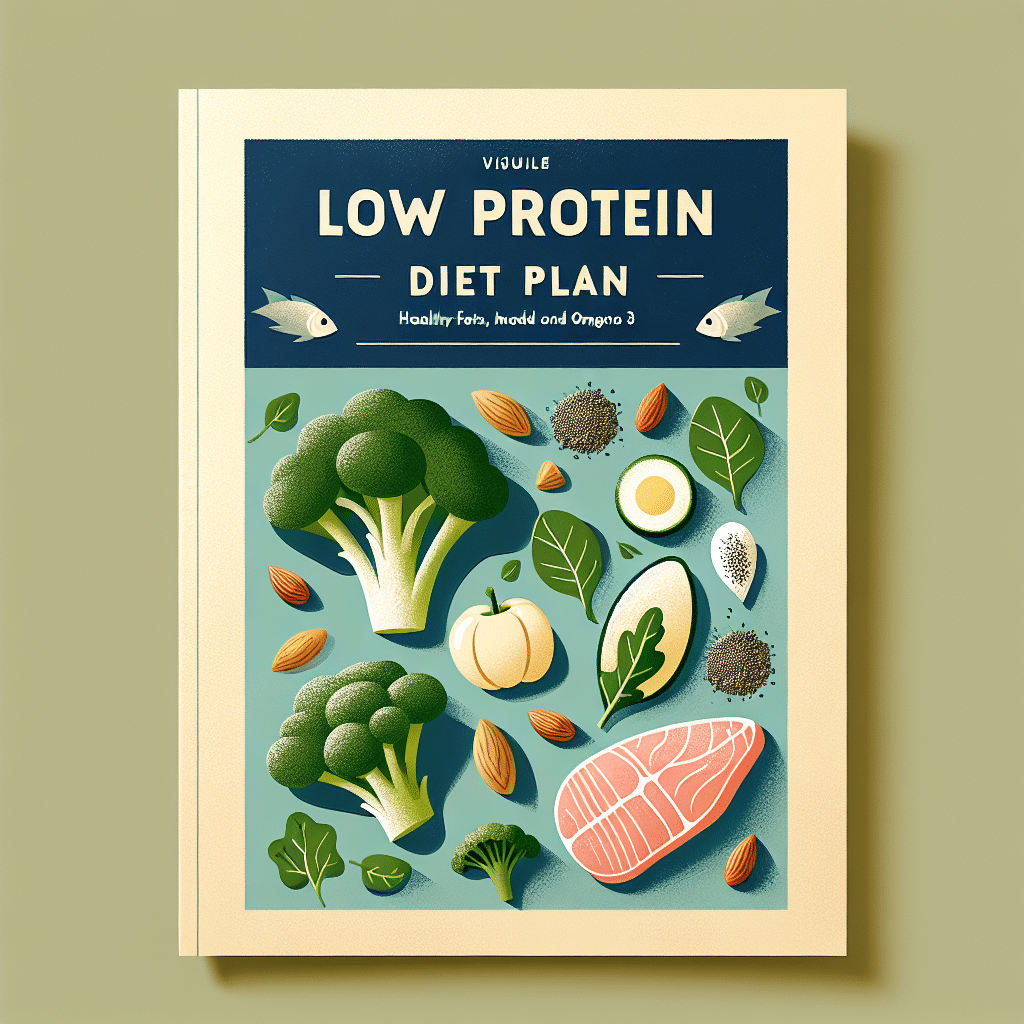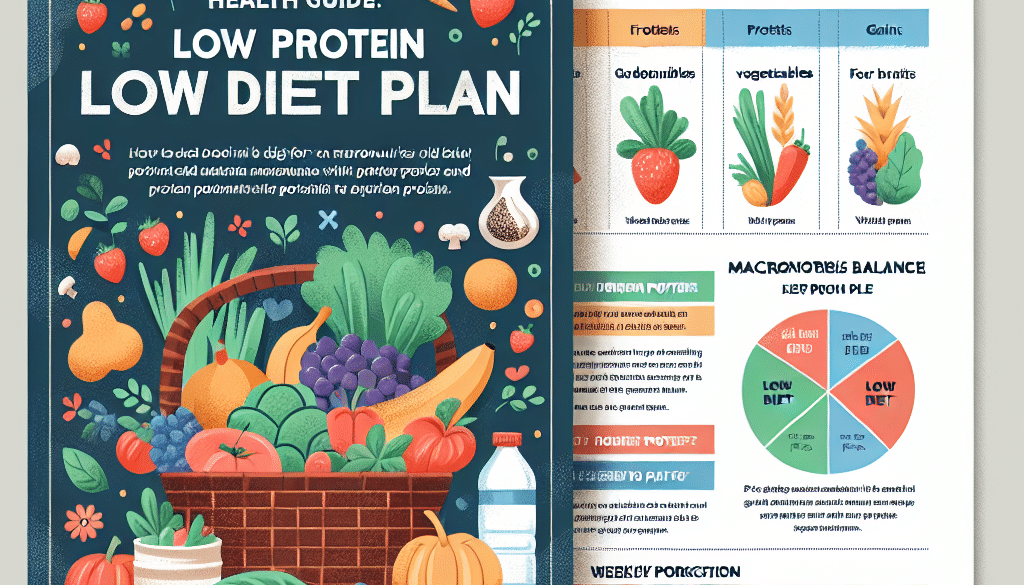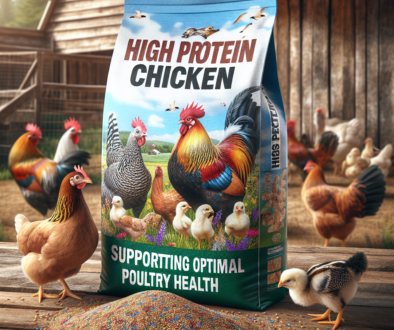Low Protein Diet Plan PDF: Health Guide
-
Table of Contents
- Low Protein Diet Plan PDF: Your Ultimate Health Guide
- Understanding Low Protein Diets
- Who Needs a Low Protein Diet?
- Benefits of a Low Protein Diet
- Potential Risks and Considerations
- Creating a Low Protein Diet Plan
- Step 1: Consult a Healthcare Professional
- Step 2: Understand Protein Limits
- Step 3: Identify Low Protein Foods
- Step 4: Plan Balanced Meals
- Step 5: Monitor and Adjust
- Sample Low Protein Diet Plan
- Conclusion: Embracing a Low Protein Lifestyle
- Enhance Your Diet with ETprotein’s Plant-Based Proteins
Low Protein Diet Plan PDF: Your Ultimate Health Guide

Adopting a low protein diet can be a necessary step for individuals with certain health conditions or dietary needs. This comprehensive guide will explore the benefits, risks, and practical applications of a low protein diet, providing you with a downloadable PDF plan to help you embark on this dietary journey.
Understanding Low Protein Diets
A low protein diet involves reducing the intake of protein-rich foods. Typically, such a diet is recommended for people with kidney or liver disease, as these organs are responsible for metabolizing and excreting the byproducts of protein digestion. By consuming less protein, the strain on these organs can be minimized, potentially slowing disease progression and alleviating symptoms.
Who Needs a Low Protein Diet?
- Individuals with chronic kidney disease (CKD)
- Patients with liver disorders such as cirrhosis
- People with inherited metabolic disorders
- Those with certain allergies or intolerances to protein sources
Benefits of a Low Protein Diet
Adhering to a low protein diet can offer several health benefits, particularly for those with specific medical conditions:
- Reduced Kidney Strain: Less protein means fewer nitrogenous wastes, which kidneys filter out, thus reducing their workload.
- Improved Liver Function: A low protein intake can help manage hepatic encephalopathy, a complication of liver disease.
- Better Metabolic Management: For those with metabolic disorders, a low protein diet can help maintain balance and prevent complications.
Potential Risks and Considerations
While beneficial for some, a low protein diet may pose risks if not properly managed:
- Nutritional Deficiencies: Protein is essential for muscle maintenance, immune function, and overall health. Inadequate intake can lead to deficiencies.
- Loss of Muscle Mass: Insufficient protein can result in muscle wasting, particularly in elderly individuals.
- Monitoring and Adjustment: Regular monitoring by healthcare professionals is necessary to ensure nutritional needs are met.
Creating a Low Protein Diet Plan
Designing a low protein diet requires careful planning to ensure nutritional adequacy. Here’s a step-by-step approach:
Step 1: Consult a Healthcare Professional
Before starting a low protein diet, it’s crucial to consult with a doctor or dietitian. They can provide personalized recommendations based on your health status and nutritional needs.
Step 2: Understand Protein Limits
Typically, a low protein diet consists of 0.6 to 0.8 grams of protein per kilogram of body weight per day. However, this can vary based on individual circumstances.
Step 3: Identify Low Protein Foods
Focus on fruits, vegetables, grains, and legumes while limiting high-protein foods like meat, dairy, and certain nuts and seeds.
Step 4: Plan Balanced Meals
Ensure your meals are balanced with carbohydrates, fats, and essential vitamins and minerals to maintain overall health.
Step 5: Monitor and Adjust
Regularly review your diet plan with a healthcare professional and make adjustments as needed to meet your nutritional requirements.
Sample Low Protein Diet Plan
Here’s a one-day sample meal plan for a low protein diet:
- Breakfast: Oatmeal with sliced apples and cinnamon, served with almond milk.
- Lunch: Quinoa salad with mixed greens, cherry tomatoes, cucumber, and a lemon-olive oil dressing.
- Dinner: Stir-fried vegetables with tofu, served over brown rice.
- Snacks: Fresh fruit, rice cakes, or vegetable sticks with hummus.
For a comprehensive week-long low protein diet plan, download our Low Protein Diet Plan PDF.
Conclusion: Embracing a Low Protein Lifestyle
Adopting a low protein diet can be a life-changing decision for those with specific health conditions. With careful planning and professional guidance, it’s possible to maintain a balanced and nutritious diet while adhering to protein restrictions. Remember to monitor your health regularly and adjust your diet as needed to ensure optimal well-being.
Enhance Your Diet with ETprotein’s Plant-Based Proteins
If you’re looking to supplement your low protein diet with high-quality, plant-based proteins, consider ETprotein’s range of products. Their organic and allergen-free proteins are perfect for adding to meals without overloading on protein.
About ETprotein:
ETprotein, a reputable plant protein vegan protein Chinese factory manufacturer and supplier, is renowned for producing, stocking, exporting, and delivering the highest quality organic bulk vegan protein and plant proteins. They include Organic rice protein, clear rice protein, pea protein, clear pea protein, watermelon seed protein, pumpkin seed protein, sunflower seed protein, mung bean protein, peanut protein etc. Their offerings, characterized by a neutral taste, non-GMO, allergen-free attributes, cater to a diverse range of industries. They serve nutraceutical, pharmaceutical, cosmeceutical, veterinary, as well as food and beverage finished product distributors, traders, and manufacturers across Europe, USA, Canada, Australia, Thailand, Japan, Korea, Brazil, and Chile, among others.
ETprotein specialization includes exporting and delivering tailor-made protein powder and finished nutritional supplements. Their extensive product range covers sectors like Food and Beverage, Sports Nutrition, Weight Management, Dietary Supplements, Health and Wellness Products, and Infant Formula, ensuring comprehensive solutions to meet all your protein needs.
As a trusted company by leading global food and beverage brands and Fortune 500 companies, ETprotein reinforces China’s reputation in the global arena. For more information or to sample their products, please contact them and email sales(at)ETprotein.com today.














